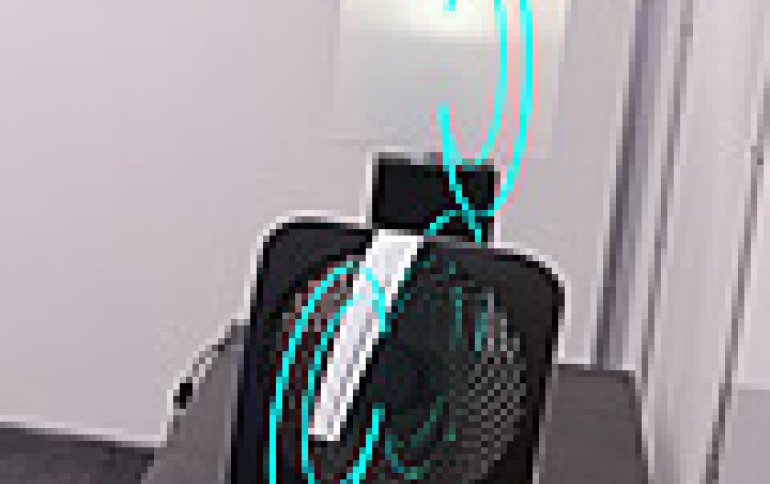
Researchers Introduce New Wireless Charging Technology
Researchers have found a new method to power devices without connecting them to cords, by wirelessly transmitting power to charge electronic devices as seamlessly as they now connect to WiFi hotspots.
The new method developed by Disney Research, published in the journal PLOS ONE, is called "quasistatic cavity resonance (QSCR)." The method enables purpose-built structures, such as cabinets, rooms, and warehouses, to generate quasistatic magnetic fields that safely deliver kilowatts of power to mobile receivers contained nearly anywhere within.

An experimental demonstration showed that a 54 m3 QSCR room can deliver power to small coil receivers in nearly any position with 40% to 95% efficiency.
The published paper also includes a safety analysis, which shows that up to 1900 watts can be transmitted to a coil receiver enabling safe and ubiquitous wire-less power.
"This new innovative method will make it possible for electrical power to become as ubiquitous as WiFi," said Alanson Sample, associate lab director and principal research scientist at Disney Research. "This in turn could enable new applications for robots and other small mobile devices by eliminating the need to replace batteries and wires for charging," added Sample.
According to Sample, wireless power transmission is a long-standing technological dream.













